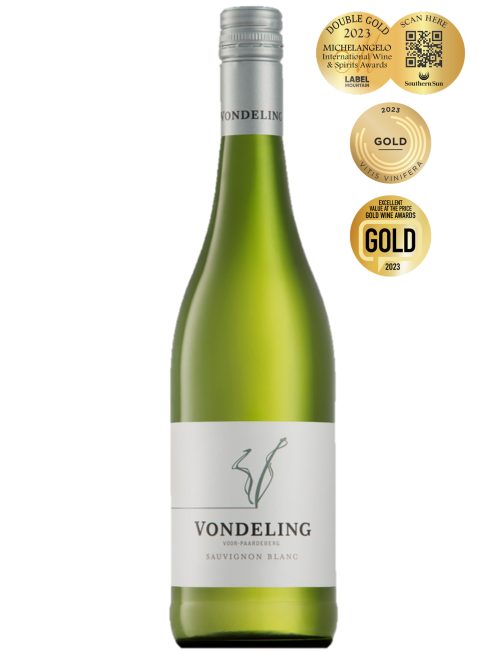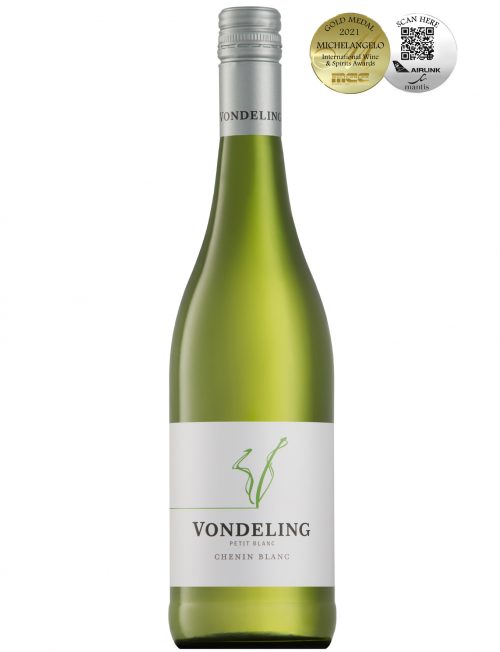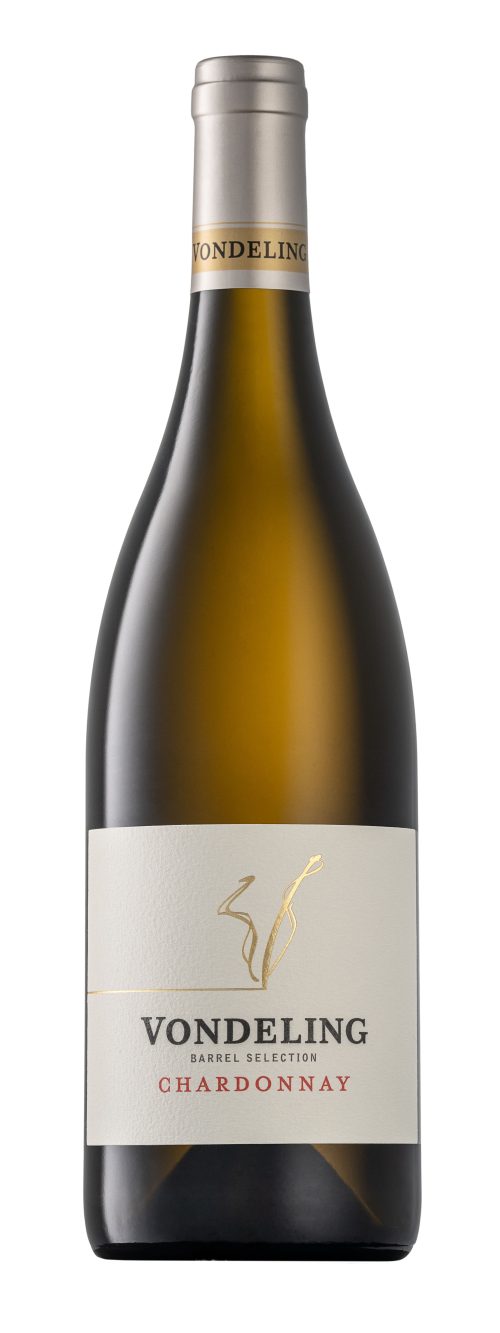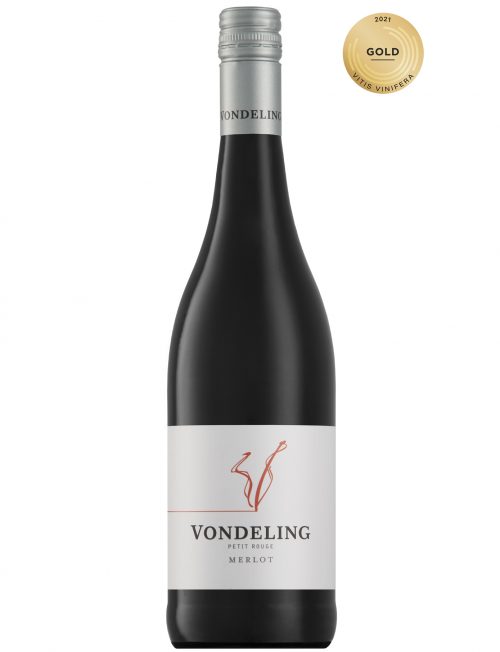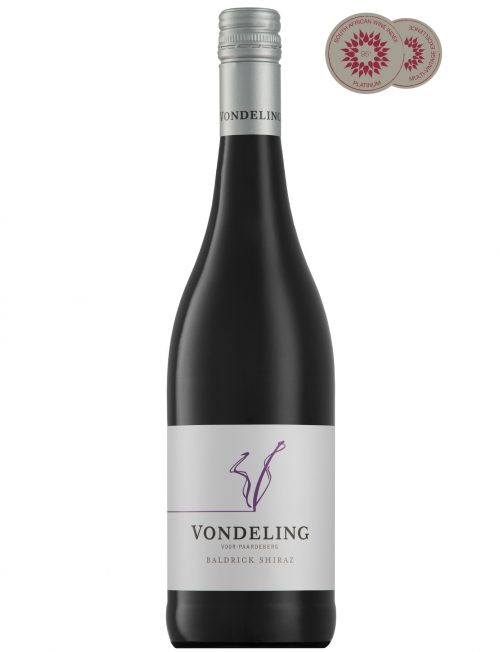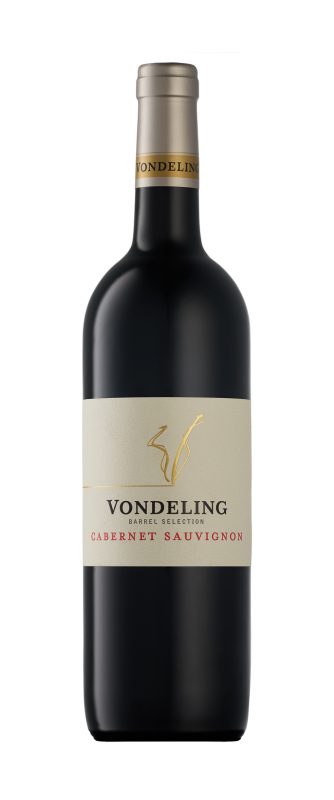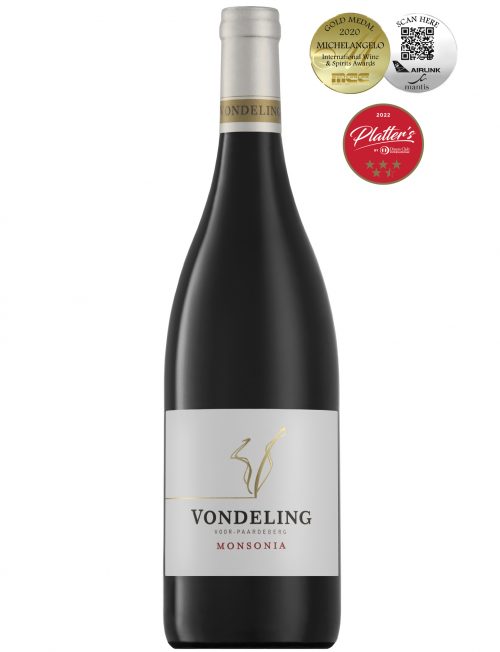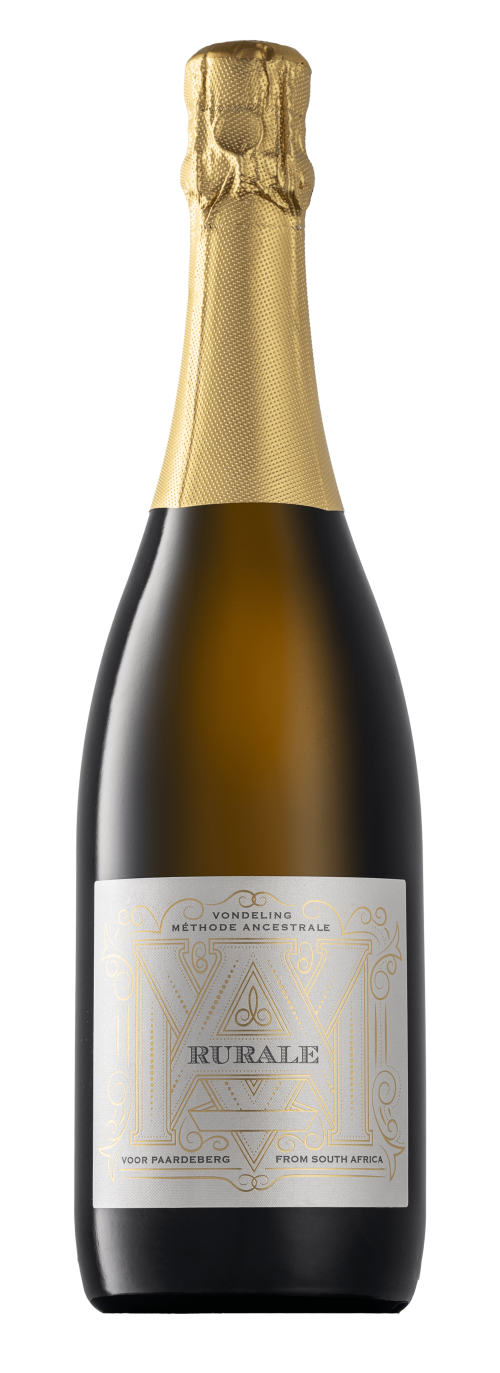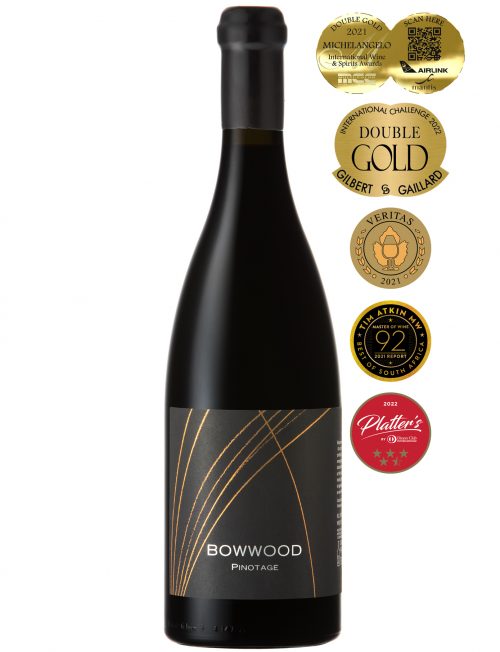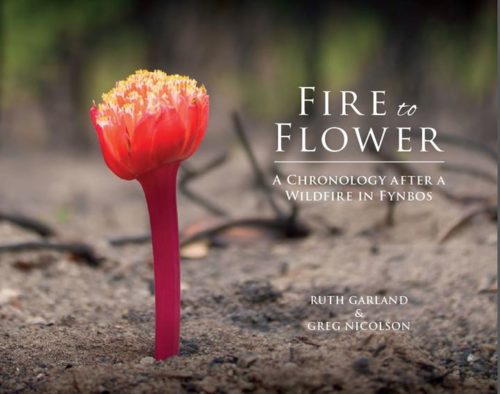VINEYARDS
The grapes used to make this wine come from adjacent old vineyards planted in 1981 and 1984 respectively. For obvious reasons the one vineyard is called the Spice Block and the other the Long Block. Yields are rarely above 7t/ha and therefore naturally produce wines of structure and superior concentration. Our soils consist primarily of deep, well-weathered granite with moderate amounts of clay and iron. Such soils elevate the aromatics and promote finesse in the wine.
VINIFICATION
Grapes are picked in the cool, early hours of the morning then packed into a cold room for further cooling. Once the grapes are below 10°C they are gently destemmed, crushed and pressed speedily to tank. During this process, the sensitive Sauvignon Blanc juice is protected from oxidative degradation, through the judicious application of dry ice pellets. These pellets form an “insulation blanket” of carbon dioxide gas above the juice. The initial, free-run juice and press juice are managed separately, according to their character. The juice is cold settled for 48 hours before it is racked from its sediments and inoculated with pure yeast cultures. Cold fermentation at 12°C locks in freshness and ensures an intense tropical fruit bouquet. After fermentation, the wine is kept on the gross lees for 4 months. This practice adds weight and texture to the palate. TASTING NOTES & CELLARING & FOOD PAIRINGThe wine is crystal clear with a slight green edge. It displays an aromatic kaleidoscope, rich with perfumed peach, white pear, passion fruit and lime. These wonderful aromas prevail on the palate with added guava, pineapple, potpourri and nettle. The roundness of the palate is perfectly balanced by a steely mineral zest and enjoyable long finish. Enjoy chilled with fresh sourdough bread and soft cheeses or lime drizzled game fish.
Accolades 2020 Vintage: 2020 Gilbert & Gaillard International Challenge - Gold 2023 Vintage: 2023 Michelangelo- Double Gold 2023 Gold Wine Awards- Gold 2023 Vitis Vinifera- Gold Analysis pH 3.33 Total Acidity 5.8 g/l Residual Sugar 4.5 g/l Alcohol 12.78 % Download Tasting Sheet 2023
